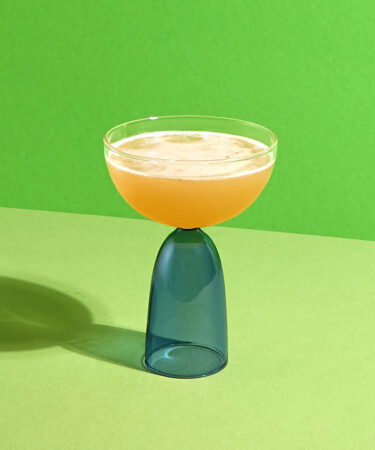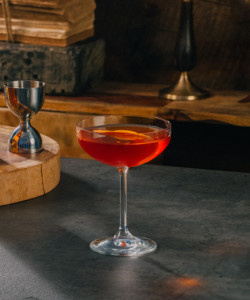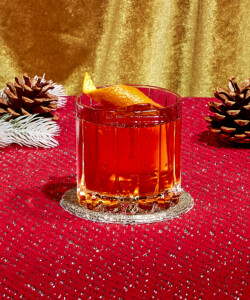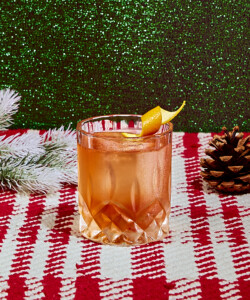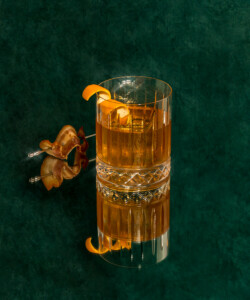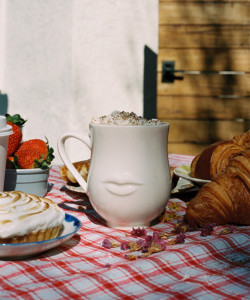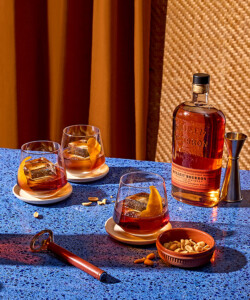The Story Behind The Lion’s Tail
Approachable for Daiquiri fans and bourbon enthusiasts alike, the Lion’s Tail answers the question of what a tropical Old Fashioned would taste like. It sees the sweet, toffee-forward notes of American whiskey lifted by tangy lime juice and the baking spice notes of allspice dram. For a drink developed in the 1930s, when cocktail culture was still in its relative infancy, the Lion’s Tail’s diverse list of ingredients makes it arguably ahead of its time.
The cocktail made its print debut in William James Tarling’s “Café Royal Cocktail Book,” published in 1937. The book quickly earned a reputation for being rather adventurous, as it was one of the only available recipe books at the time to include tequila cocktails, such as the Bullfighter, the Matador, and the Jalisco. Tarling, the author, was president of the U.K. Bartender’s Guild as well as a bartender at London’s Café Royal alongside his brother Arthur.
Although the “Café Royal Cocktail Book” was published in London, a blurb that reads “Invented by L.A. Clarke” is listed beneath the Lion’s Tail recipe, leading many to believe that the drink was invented by a California bartender working in London as a Prohibition-era refugee. This belief is further reinforced by the fact that “twisting the lion’s tail” was an American expression for provoking the British, as the nation’s coat of arms features a lion. The phrase came about in between the world wars when there was a resurgence of Anglophobia stateside, built upon a questionable, but prevalent, distaste for the empire and aristocracy. Oddly enough, both Angostura bitters and allspice dram — two of the Lions Tail’s key ingredients — come from islands that were British colonies until 1962.
While Angostura bitters hail from Trinidad, allspice dram, a.k.a. pimento dram, is a Jamaican concoction made by steeping pimento berries in rum, resulting in a sweet liqueur with notes of cinnamon, clove, and grated nutmeg. (For clarification, the pimentos that are found stuffed into olives are fresh slices of the same fruit, but the ones used in the Jamaican liqueur are dried and more commonly go by the moniker “allspice.”) Allspice dram’s written history dates back to the 1850s, with records showing several entries of “pimento dram” at the International Exhibition of 1862 at the Royal Society of Arts in Jamaica.
Unfortunately, after enjoying widespread popularity during the tiki craze, allspice dram fell into relative obscurity during the 1970s Disco era of cocktails, before being pulled out of circulation altogether by the 1980s. Almost three decades later, in the midst of the early aughts cocktail renaissance, St. Elizabeth’s Allspice Dram became available in the U.S. And in 2009, Ted Haigh published “Vintage Spirits and Forgotten Cocktails,” which featured the Lion’s Tail, bringing it back into the limelight.
Traditionally, the cocktail has no garnish, but many modern recipes have included a lime or orange twist to add a splash of aromatic citrus oils. The original spec also calls for “gomme” syrup, but here a 2:1 rich simple syrup balances out the lime juice’s acidity and gives the drink a more silky mouthfeel.
